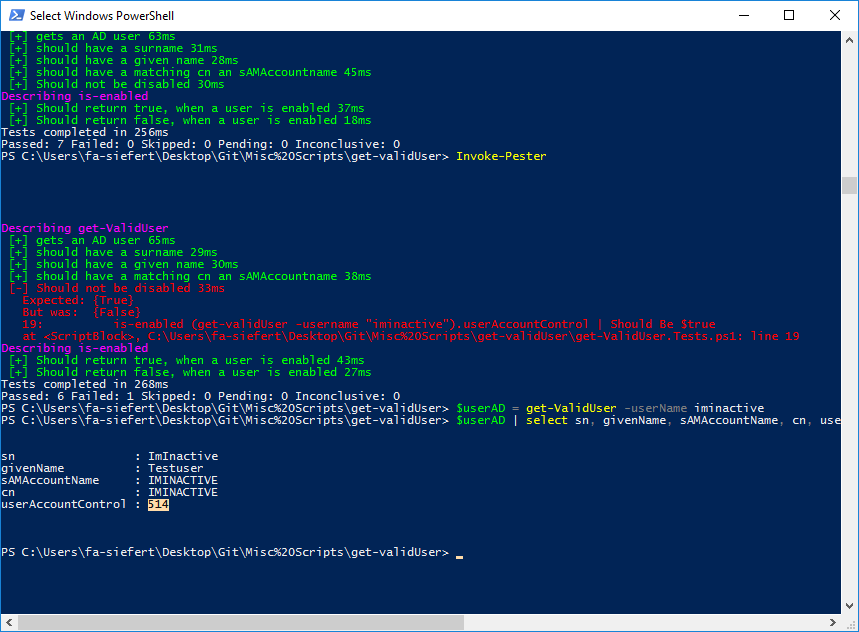
We can also drill down from the Root link to see all test that have been run:Īnd there we go, Pester testing in Jenkins. Which gives us an either cleaner set of results (and with time shows the result trends along the top). If we click on the Test Results link on the right hand side we have: Tip: ScriptRunner automatically recognizes Pester tests by their file format. The next part is to discover the test file on the given location. Now we have an unstable build! perfect… and we also have a Test Result link added to our Build page:Īs you can see it also shows the test that the build failed on. First thing is, we used the Invoke-Pester command to start the Pester test. In here all we need to do is add the name of the file we choose for the XML output. Next add a Post-build Action of “Publish NUnit test result report” It also stores all of your results in the individual build steps which is what we would want. Leaving the file here lets the plugin pick it up and use it. this is because the default location is the build steps workspace. Invoke-Pester -Script U:\JenkinsScripts\Pester\DatabaseStd\1 -OutputFile report.xml -OutputFormat NUnitXmlĪs you can see i did not give a file path to the output file. Import-Module "C:\Program Files\WindowsPowerShell\Modules\Pester"
#Pester test update#
Next we can update our Build step to change the output of the Invoke-Pester command.
#Pester test install#
Jenkins has a plugin for it.įirst lets install the plugin via: Jenkins -> Manage Jenkins -> Manage Plugins -> Available and search for nunit tick and install the plugin (restarting if needing) One of them is -OutputFormat which excepts “NunitXML” this is a well known unit testing xml format! and as you might expect. When you invoke-pester there are multiple parameters you can add to change the output. This is because to Jenkins the build is simply running a powershell Script. Now thats upsetting! It says my test failed. This test checks to see if the SQL Brower is running (Which it is not in my builds). $ServerInstance = $ServerName.Split("# context end SQL Server Browser Services You can use my below script if you like which is a snippet of SQL Server Build tests, and have hard coded the $ServerName variable (change this to any SQL instance in your environment if your are playing along:

#Pester test series#

This cmdlet generates a function PowerShell script and another PowerShell file that contains the tests. Pester has a cmdlet called ‘New-Fixture’.


 0 kommentar(er)
0 kommentar(er)
